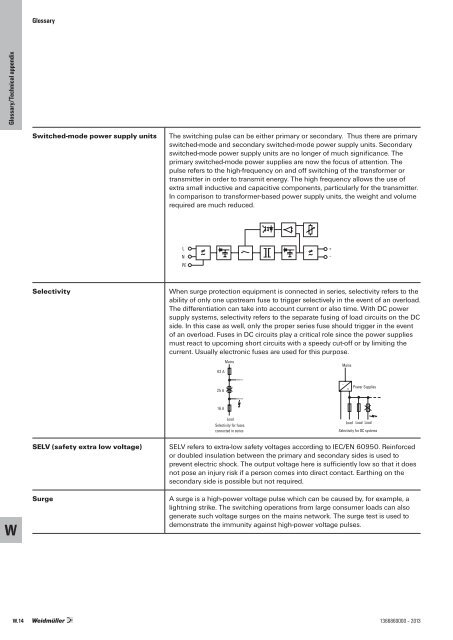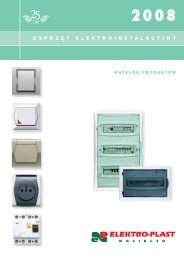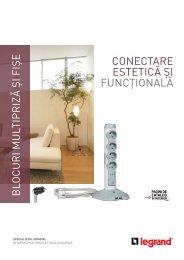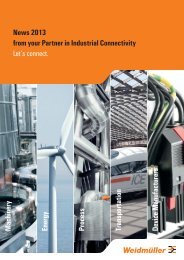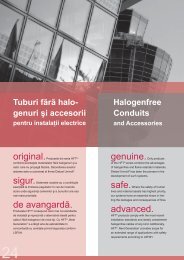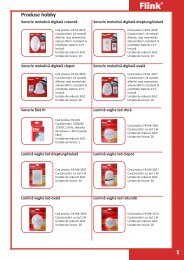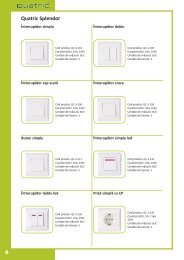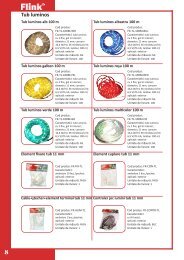Switch-Mode and Uninterruptible Power Supplies, Electronic Fuses ...
Switch-Mode and Uninterruptible Power Supplies, Electronic Fuses ...
Switch-Mode and Uninterruptible Power Supplies, Electronic Fuses ...
Create successful ePaper yourself
Turn your PDF publications into a flip-book with our unique Google optimized e-Paper software.
Glossary<br />
Glossary/Technical appendix<br />
<strong>Switch</strong>ed-mode power supply units<br />
The switching pulse can be either primary or secondary. Thus there are primary<br />
switched-mode <strong>and</strong> secondary switched-mode power supply units. Secondary<br />
switched-mode power supply units are no longer of much significance. The<br />
primary switched-mode power supplies are now the focus of attention. The<br />
pulse refers to the high-frequency on <strong>and</strong> off switching of the transformer or<br />
transmitter in order to transmit energy. The high frequency allows the use of<br />
extra small inductive <strong>and</strong> capacitive components, particularly for the transmitter.<br />
In comparison to transformer-based power supply units, the weight <strong>and</strong> volume<br />
required are much reduced.<br />
L<br />
N<br />
PE<br />
+<br />
–<br />
Selectivity<br />
When surge protection equipment is connected in series, selectivity refers to the<br />
ability of only one upstream fuse to trigger selectively in the event of an overload.<br />
The differentiation can take into account current or also time. With DC power<br />
supply systems, selectivity refers to the separate fusing of load circuits on the DC<br />
side. In this case as well, only the proper series fuse should trigger in the event<br />
of an overload. <strong>Fuses</strong> in DC circuits play a critical role since the power supplies<br />
must react to upcoming short circuits with a speedy cut-off or by limiting the<br />
current. Usually electronic fuses are used for this purpose.<br />
63 A<br />
Mains<br />
Mains<br />
25 A<br />
˜<br />
=<br />
<strong>Power</strong> <strong>Supplies</strong><br />
16 A<br />
Load<br />
Selectivity for fuses<br />
connected in series<br />
Load Load Load<br />
Selectivity for DC systems<br />
W<br />
SELV (safety extra low voltage)<br />
Surge<br />
SELV refers to extra-low safety voltages according to IEC/EN 60950. Reinforced<br />
or doubled insulation between the primary <strong>and</strong> secondary sides is used to<br />
prevent electric shock. The output voltage here is sufficiently low so that it does<br />
not pose an injury risk if a person comes into direct contact. Earthing on the<br />
secondary side is possible but not required.<br />
A surge is a high-power voltage pulse which can be caused by, for example, a<br />
lightning strike. The switching operations from large consumer loads can also<br />
generate such voltage surges on the mains network. The surge test is used to<br />
demonstrate the immunity against high-power voltage pulses.<br />
W.14 1366860000 – 2013


